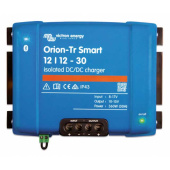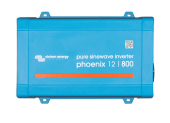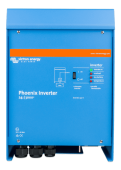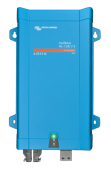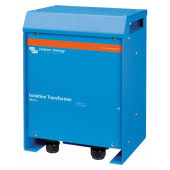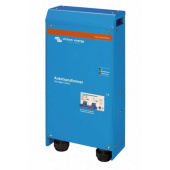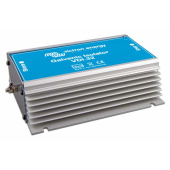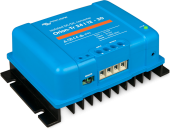Price incl. 19% VAT
- 100A
- 80A
- 3 outputs
- 1+1 outputs
- Description
- Ask a Question
-
Victron Energy Skylla-i Battery Charger 24V
The Victron Energy Skylla-i Battery Charger is a high-performance charger designed for both lead-acid and Li-Ion batteries, making it an ideal choice for marine, off-grid, and industrial applications. With a rugged aluminum case and advanced protective coatings, the Skylla-i charger can withstand harsh operating conditions, including heat, humidity, and marine climates. The charger features a 7-stage adaptive charging algorithm for optimal battery care, ensuring extended battery life and maximum performance.
Key Features:
- 7-Stage Adaptive Charging Algorithm: This advanced algorithm optimizes charging for both lead-acid and Li-Ion batteries, ensuring safe and efficient battery maintenance.
- Synchronization for Parallel Operation: Multiple chargers can be synchronized via the CAN bus for parallel operation, allowing the charging of multiple battery banks simultaneously.
- Full Current Outputs: The Skylla-i (3) configuration offers three isolated outputs, each capable of providing full-rated charge output, ideal for charging multiple battery banks.
- BatterySafe Mode: Protects batteries from excessive gassing by automatically limiting the rate of voltage increase when high charging currents and voltages are used.
- Storage Mode: This mode reduces the floating charge voltage to minimize gas release and corrosion of positive plates when the battery is not discharged for 24 hours, extending battery life.
- Temperature Compensation: A built-in temperature sensor ensures that the charging voltage decreases as the battery temperature rises, protecting the battery from damage, especially in sealed batteries.
- Power Supply Mode: The charger can be used as a DC power supply when the battery is unavailable, ensuring consistent power output for various applications.
- Li-Ion Battery Compatibility: Skylla-i chargers offer simplified control for Li-Ion batteries, with optional full voltage and current control through a CAN bus connection to the battery’s BMS.
- Protection Features: Includes protection against overvoltage, short circuit, and overheating to ensure safe and reliable operation.
Skylla-i Charger Models:
Model Voltage, V Capacity, A Outputs Size, mm Weight, kg 24/80 1+1 24 80 1+1 366x245x150 8.5 24/80 3 24 80 3 366x245x150 8.5 24/100 1+1 24 100 1+1 366x245x150 9.0 24/100 3 24 100 3 366x245x150 9.0
The Skylla-i charger is perfect for demanding marine environments and off-grid applications. Its rugged construction, advanced charging features, and versatility make it an excellent choice for those seeking reliable and long-lasting battery charging solutions.
-


